Just about two years ago, the photographer Magnus Reed moved from Brighton, an idyllic town by the seaside, to Berlin. He now lives with his daughter in a mind-blowing 500sqm flat in Schöneberg, which he uses as a live and work space. The decoration is very reduced, but the atmosphere is just perfect, that one feels at home immediately and has a hard time leaving again.
His story telling goes on forever and some might wonder how many lives he already lived. His passion for photography has taken Magnus to some of the remotest places on this planet, whereas his fashion photography brought him close to people like Anna Nicole Smith and Pamela Anderson, before they hit the limelight. He talks about how he fell in love in Berlin and why Iran is on his list of places to go.
This story is featured in our second book, Freunde von Freunden: Friends, order within Germany here, or find the book internationally at selected retailers.
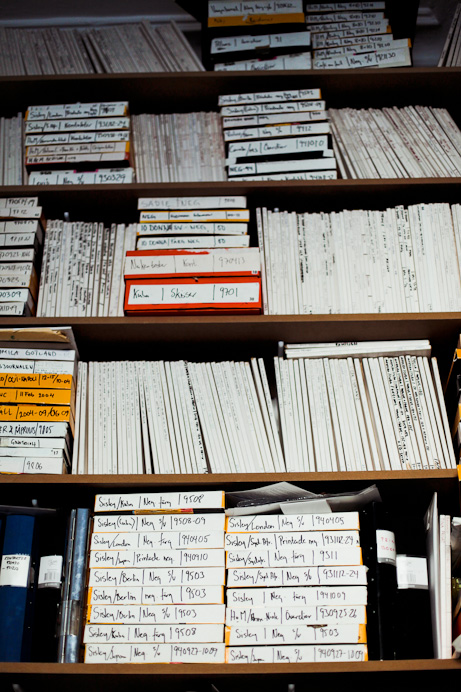
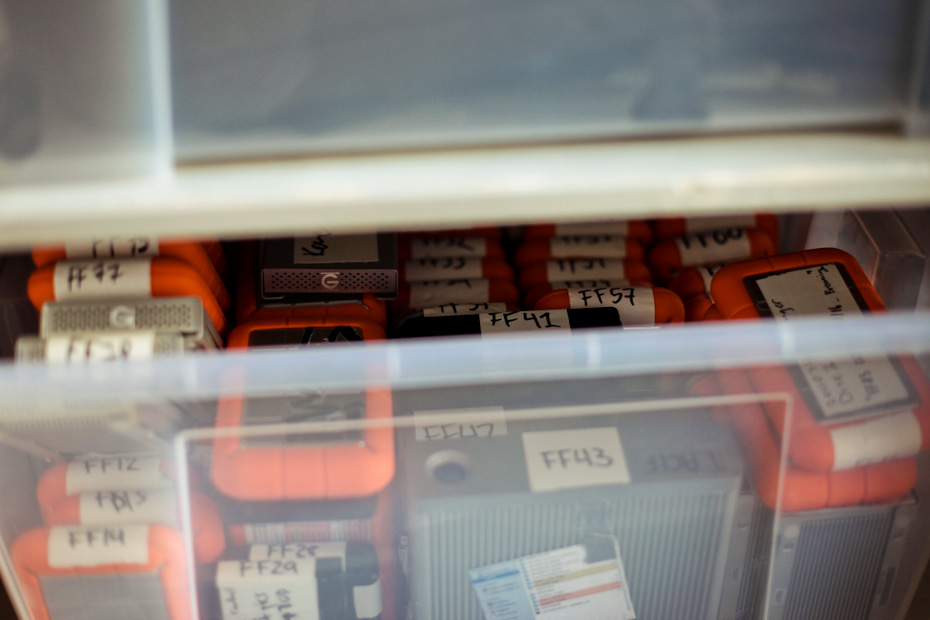
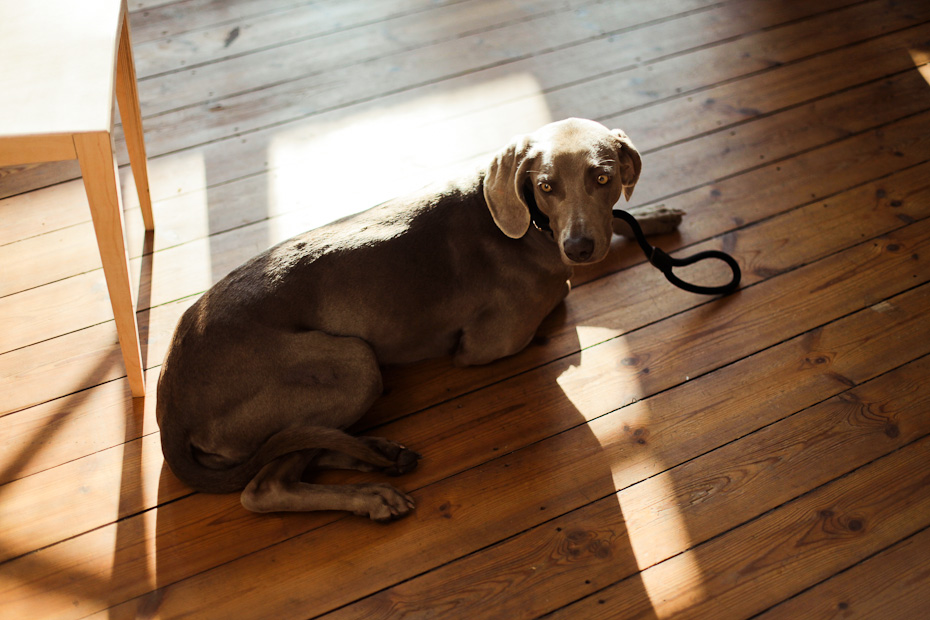
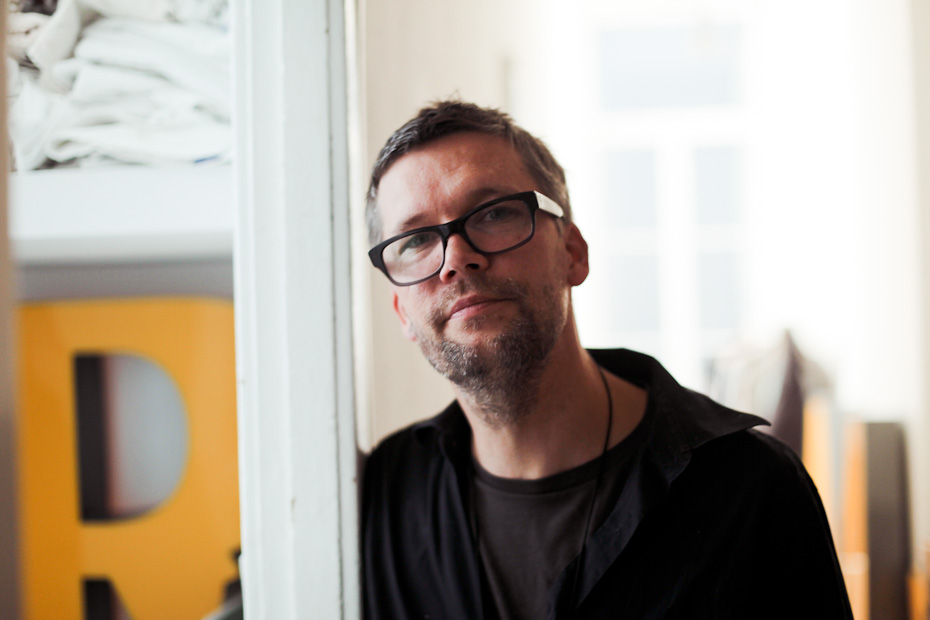
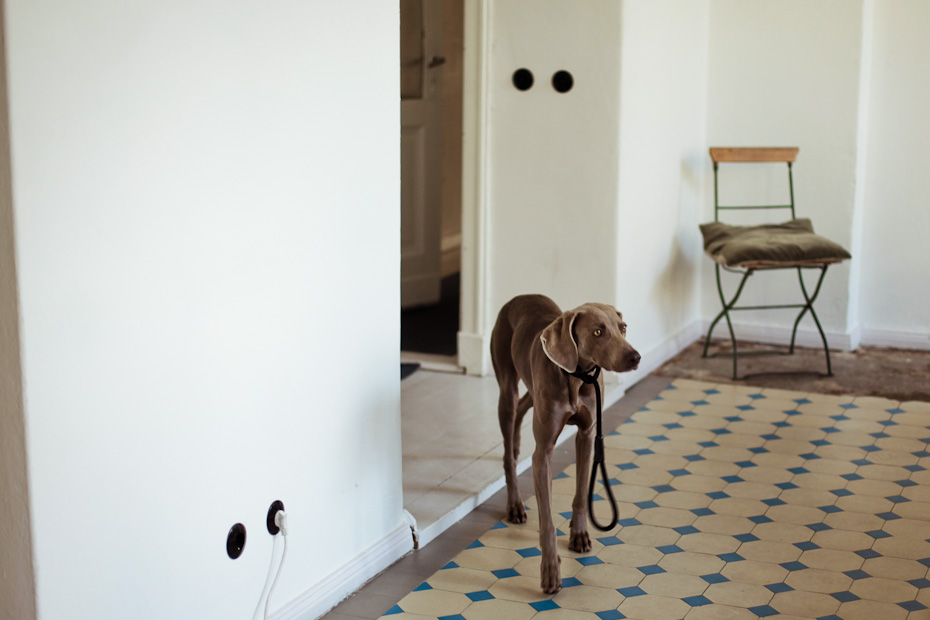
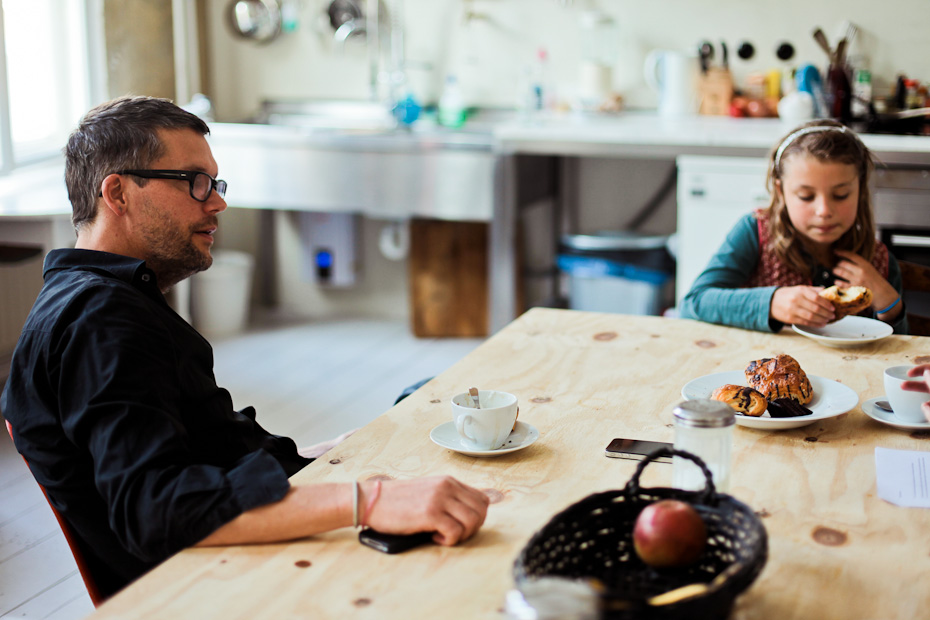
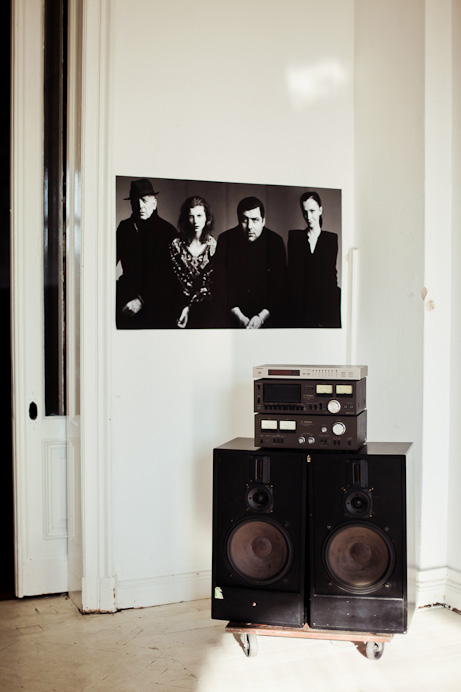
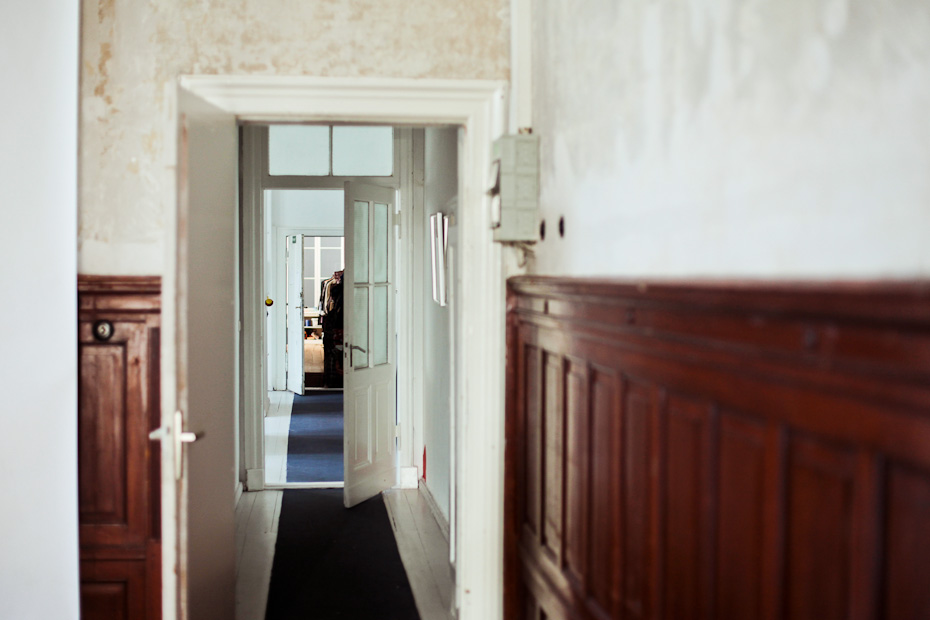
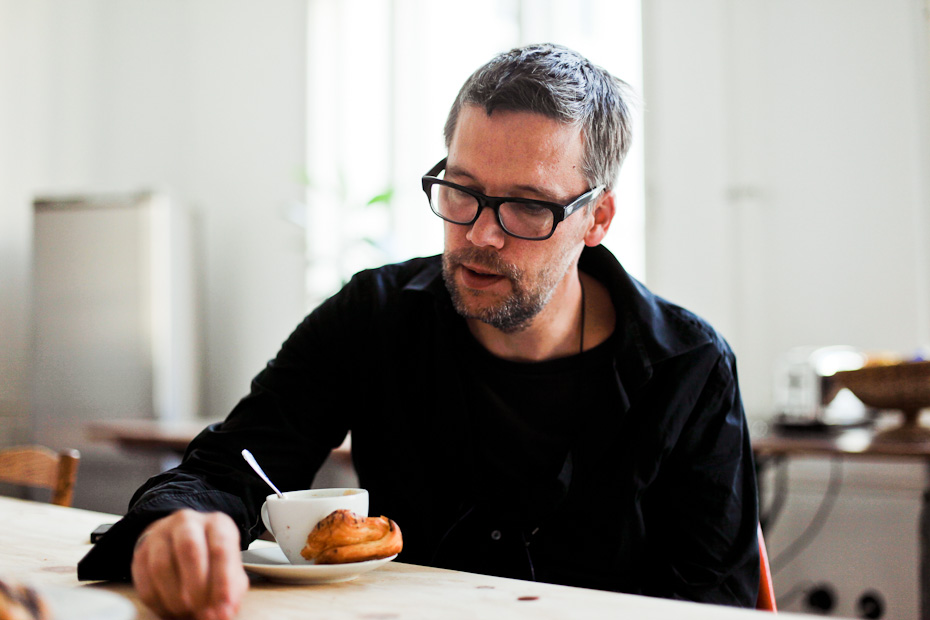
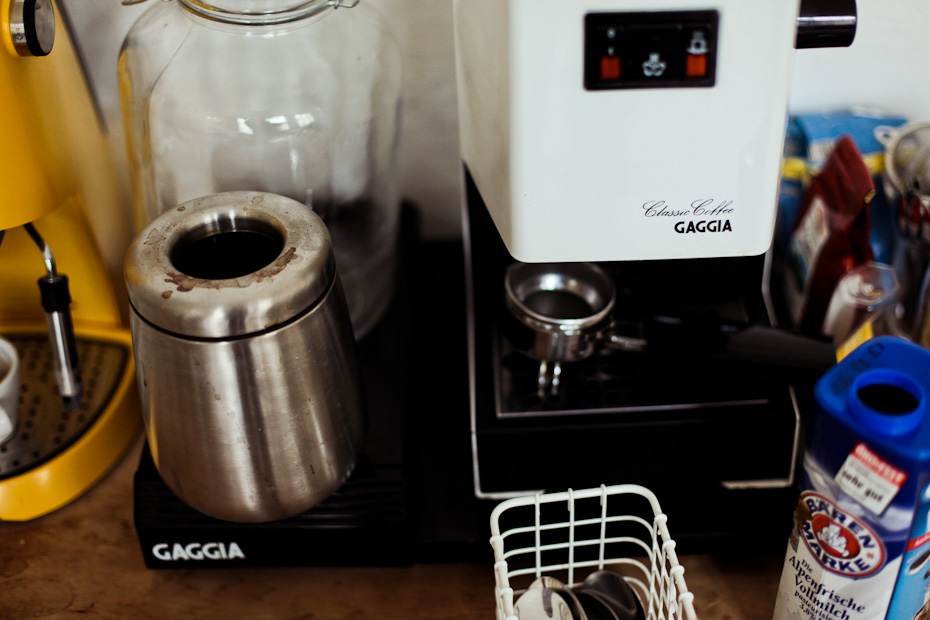
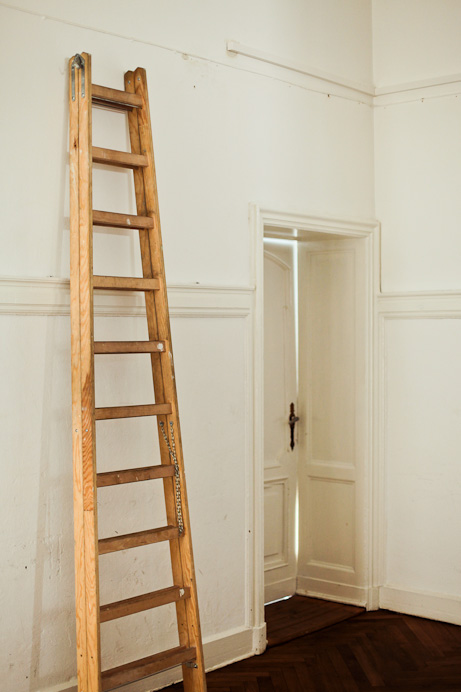
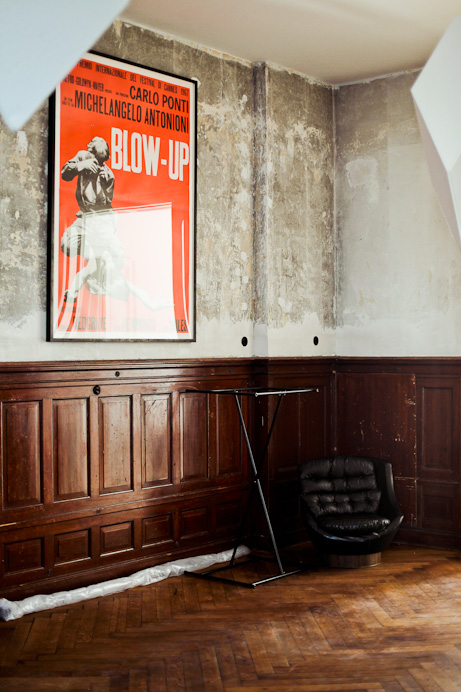
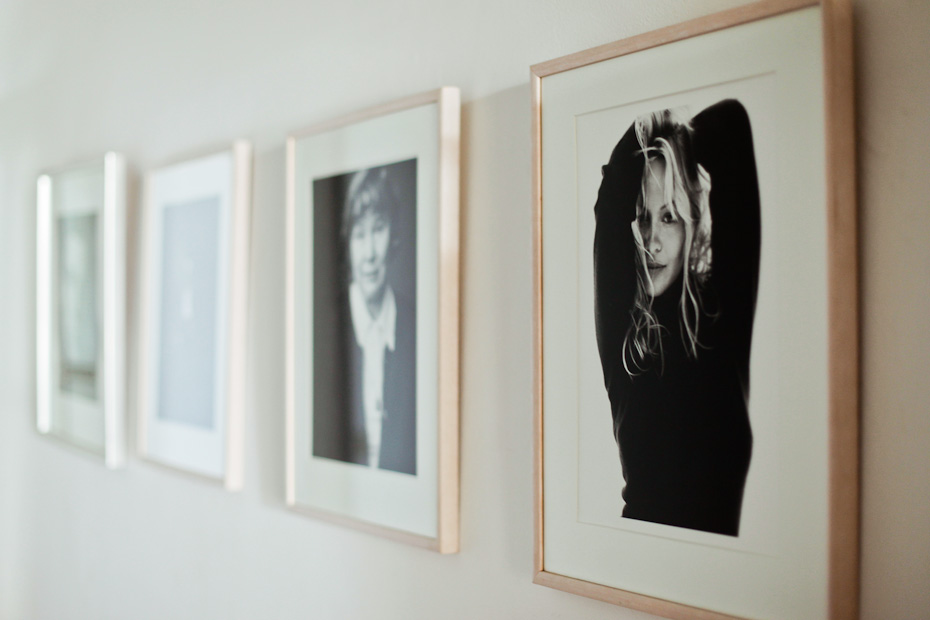
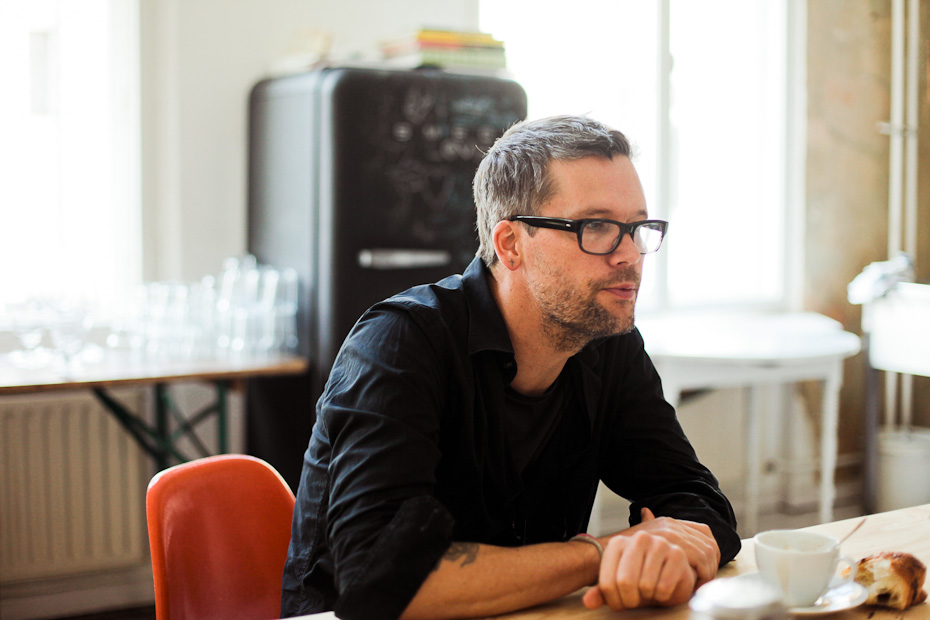
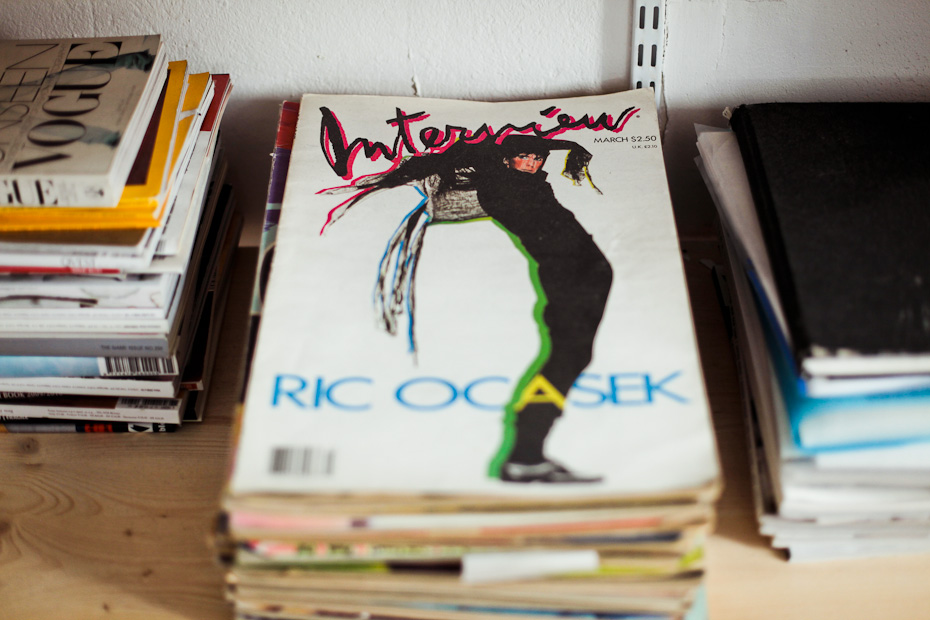
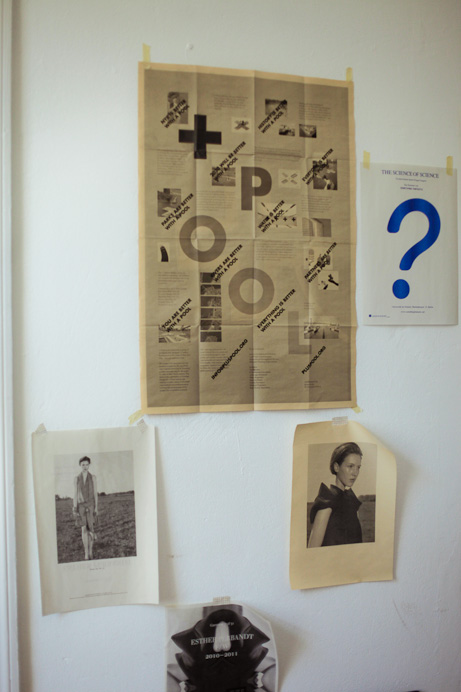
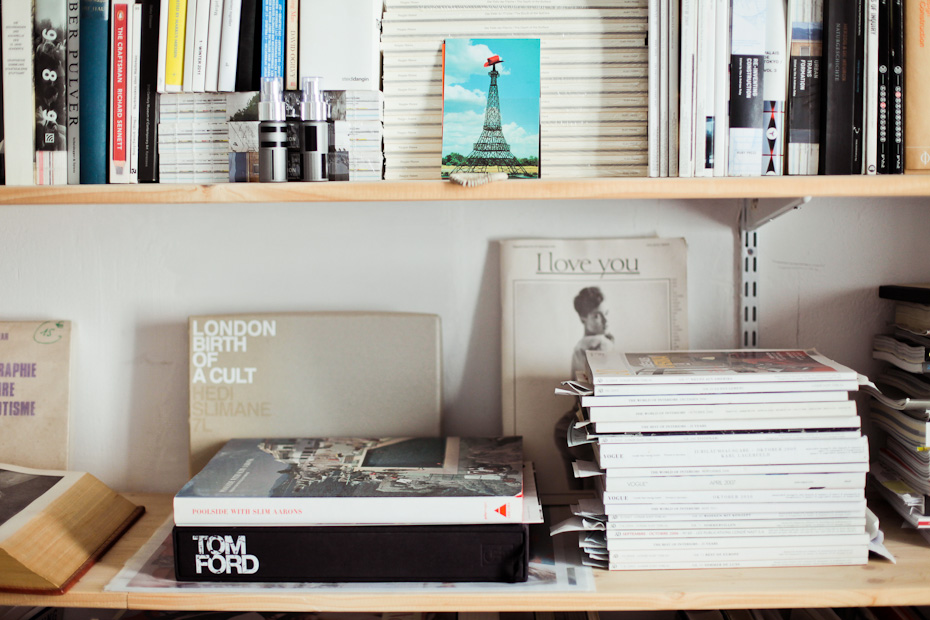
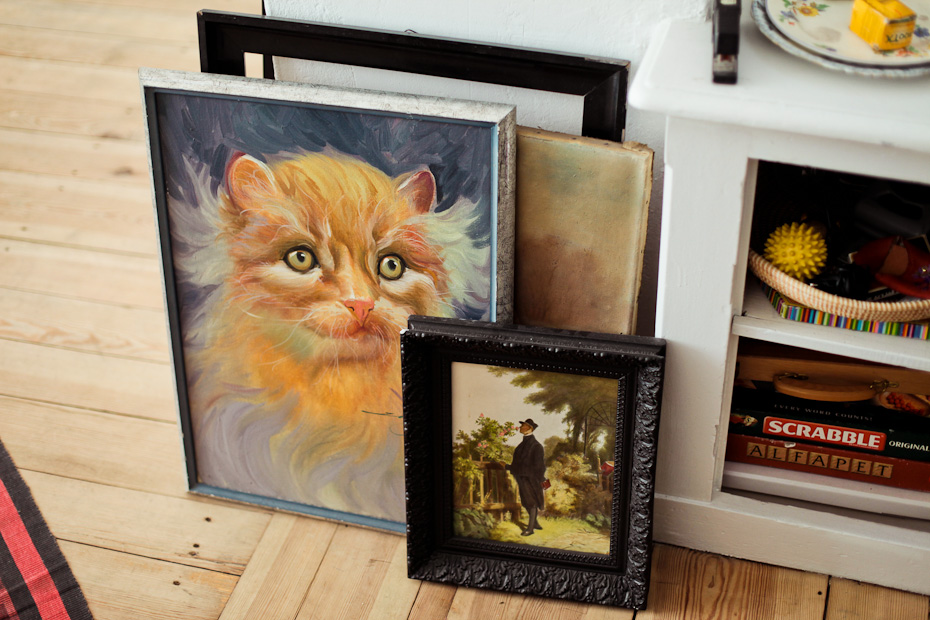
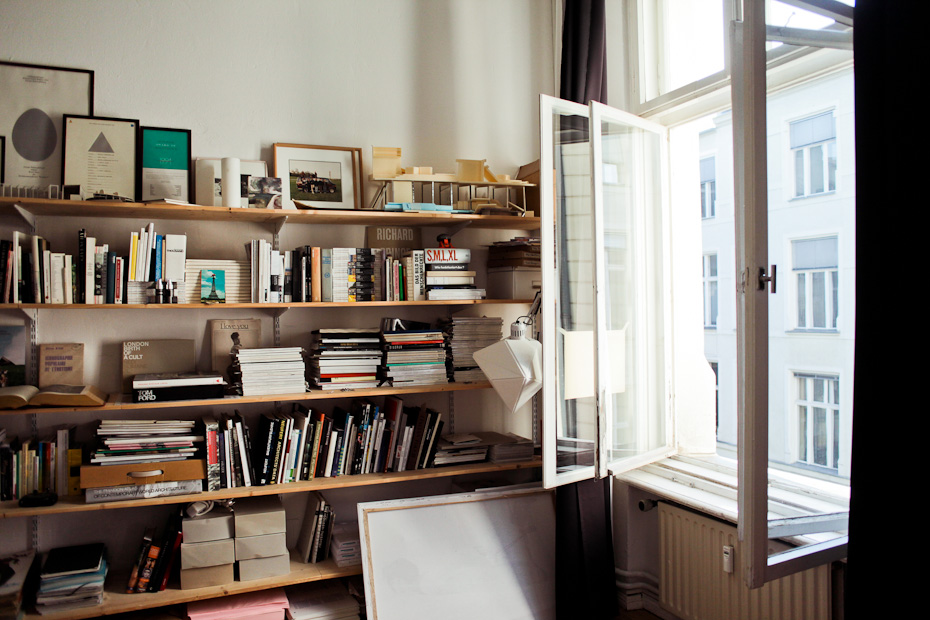
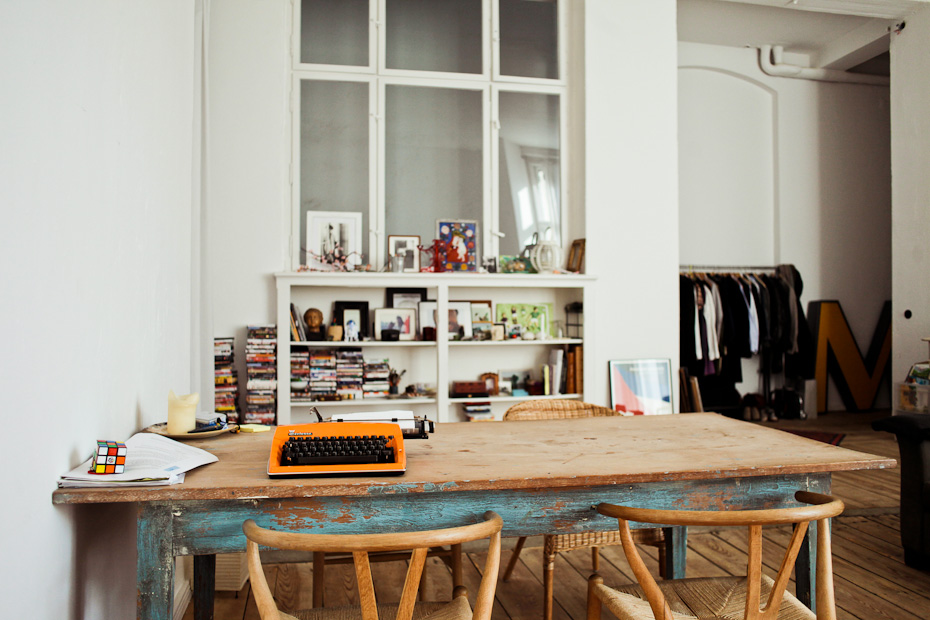
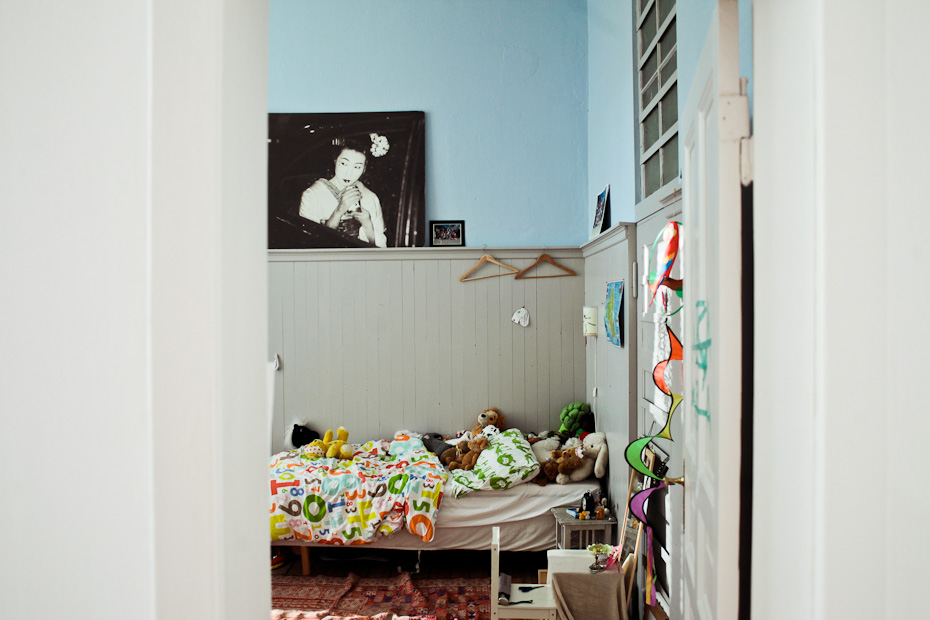
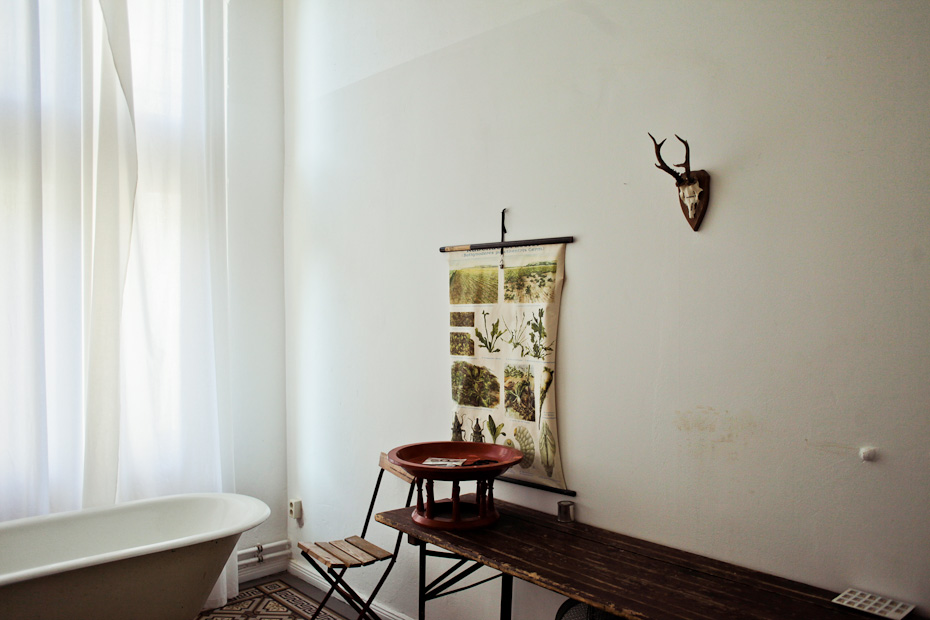
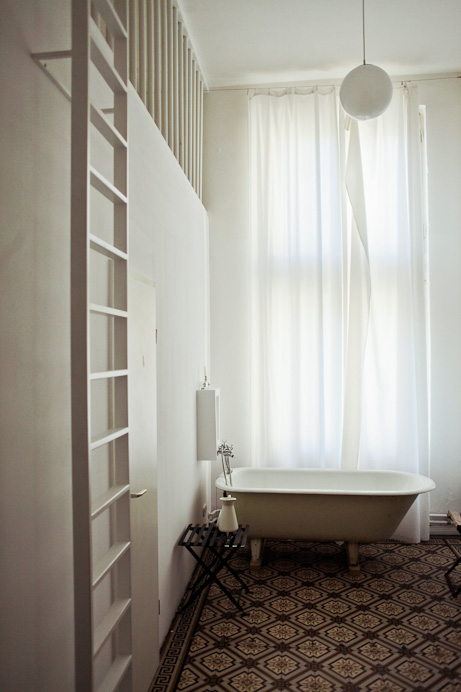
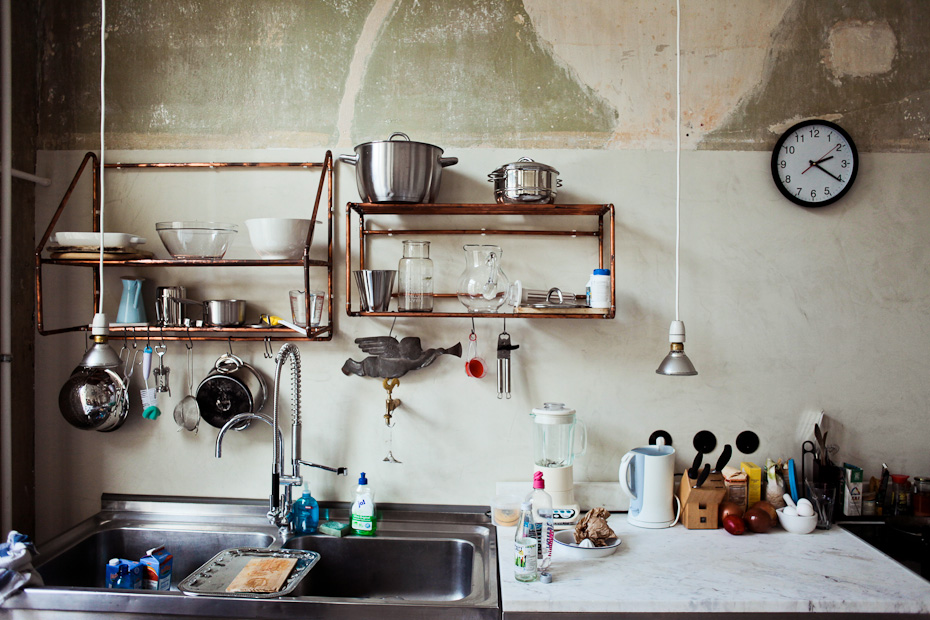
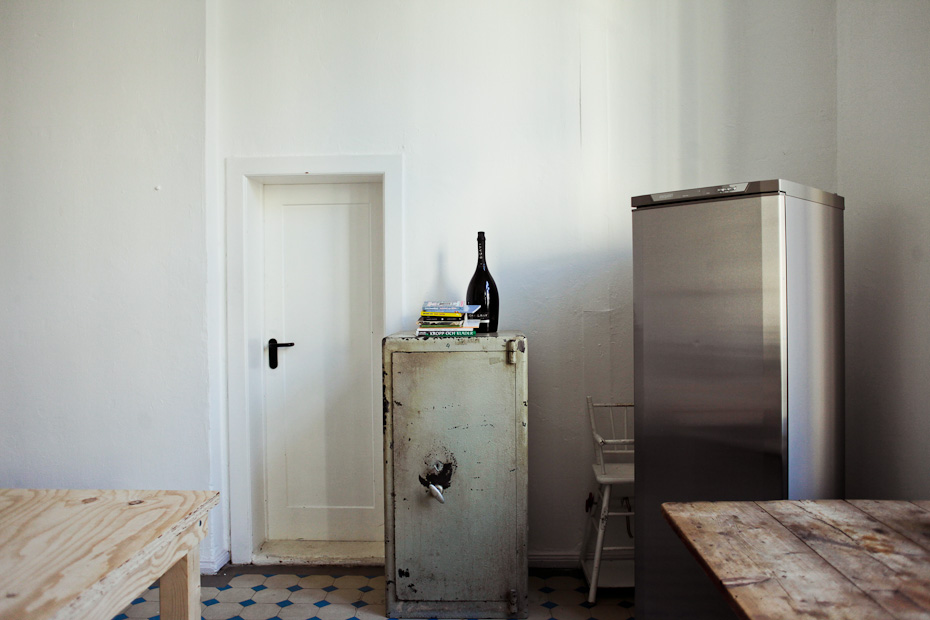
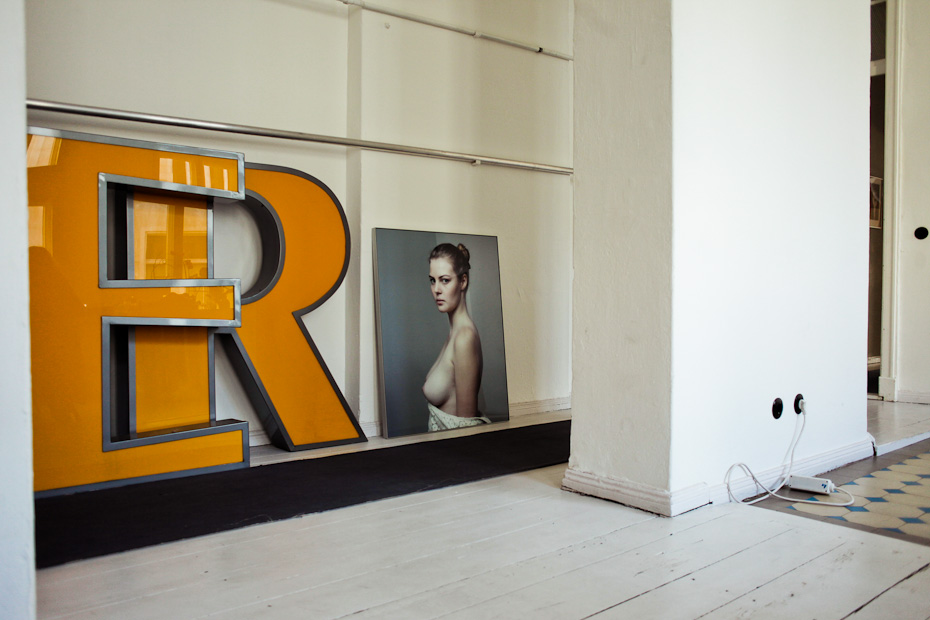
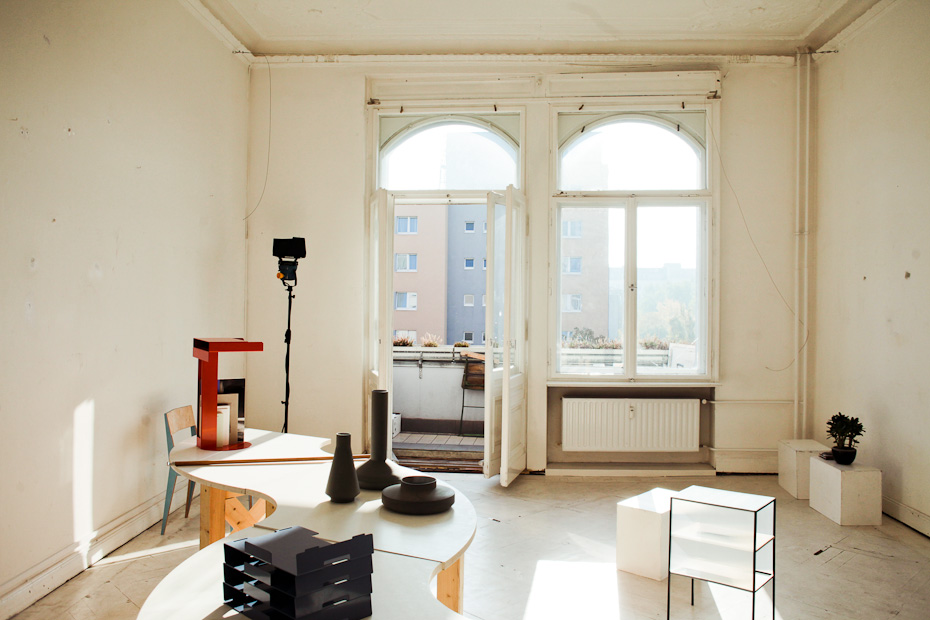
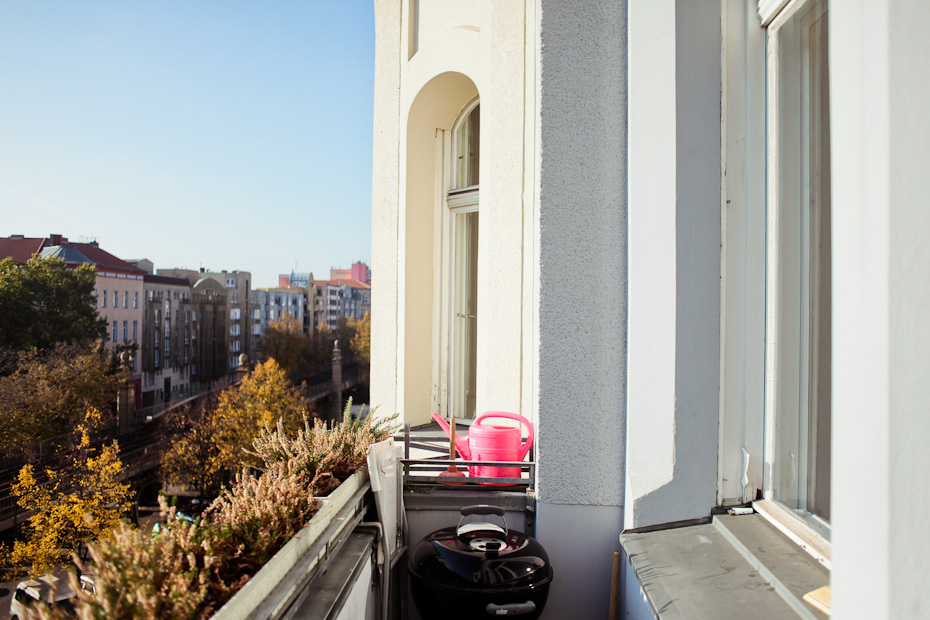
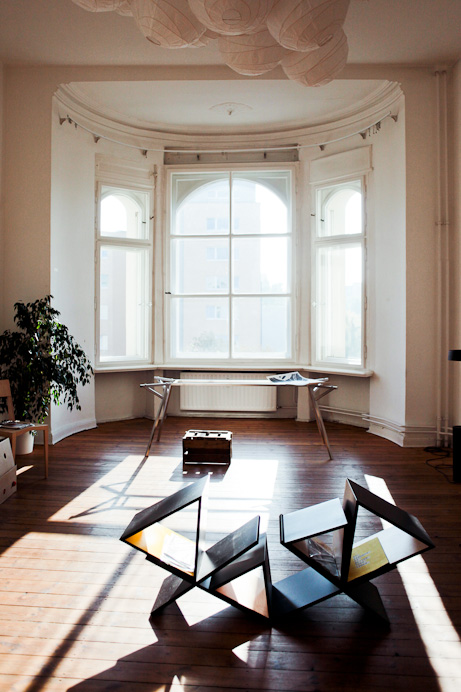
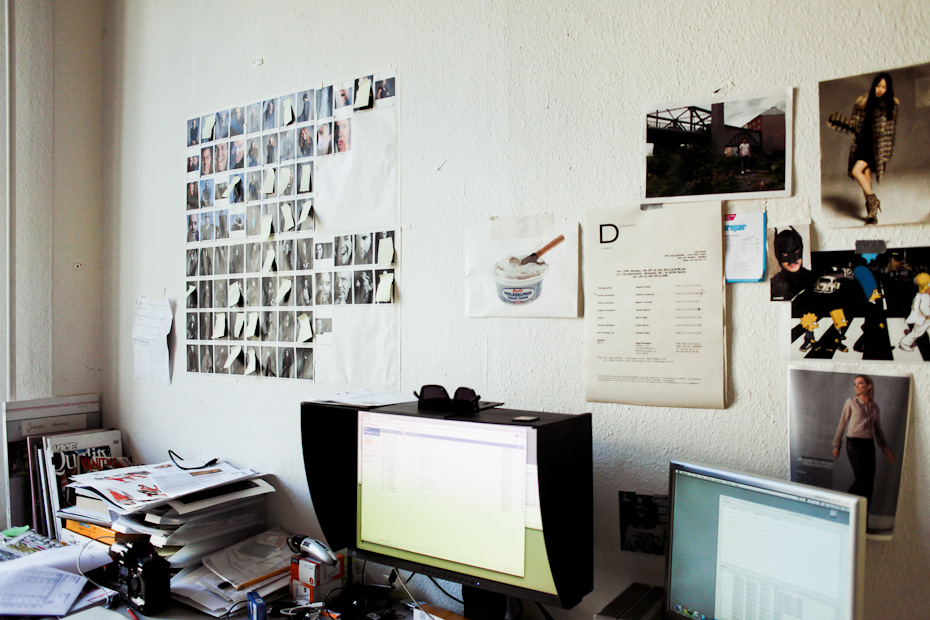
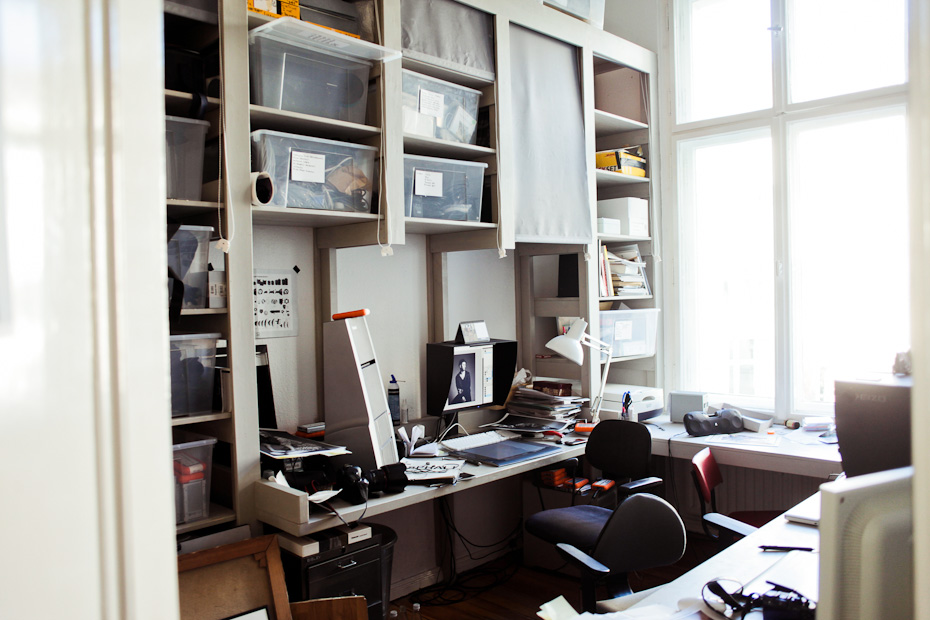
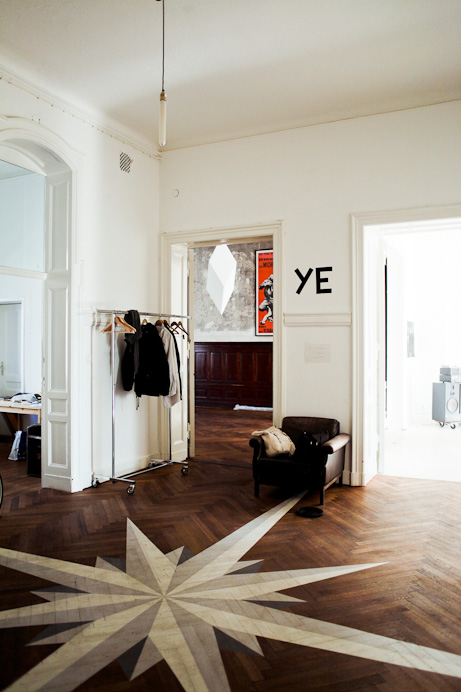
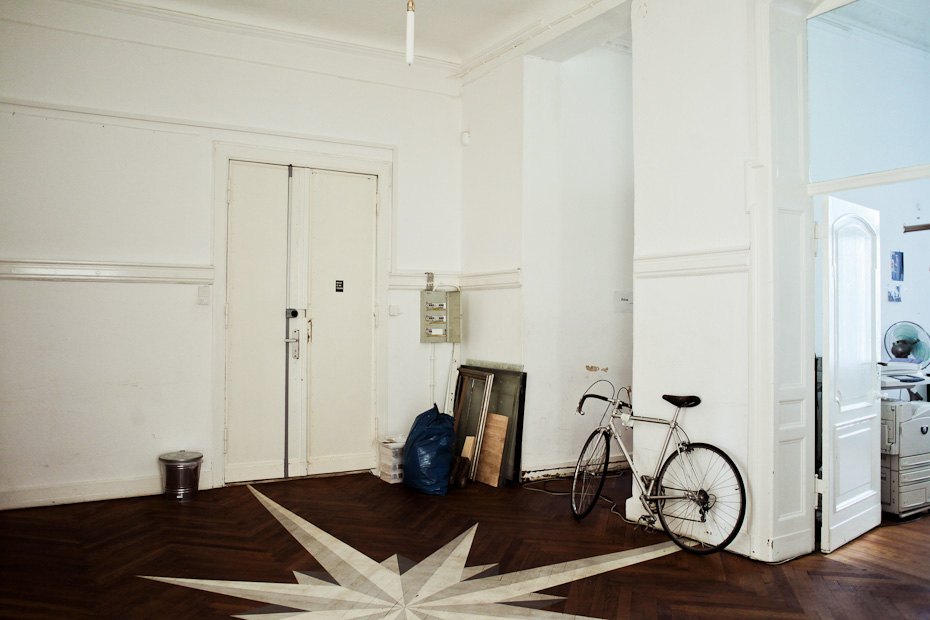
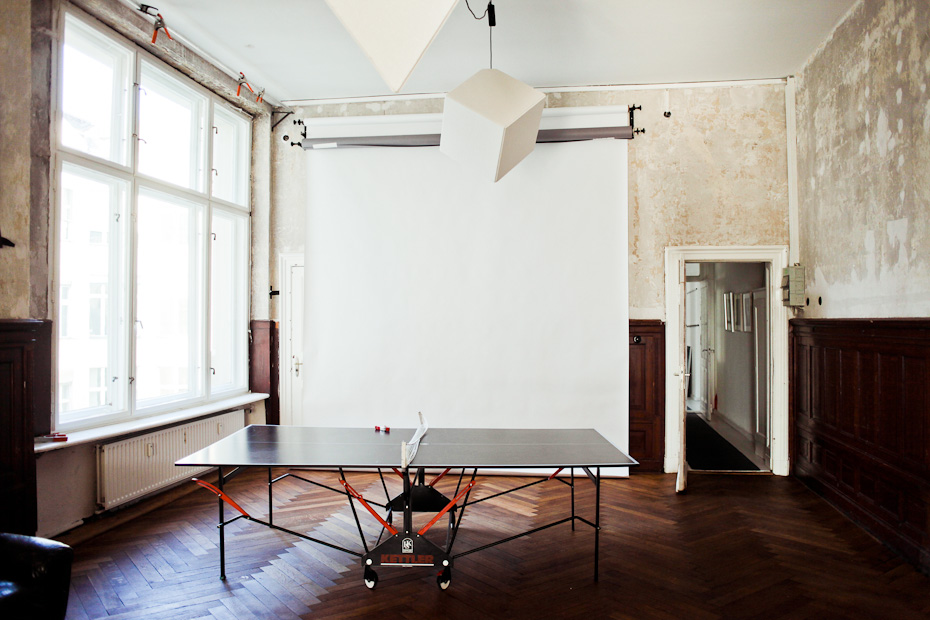

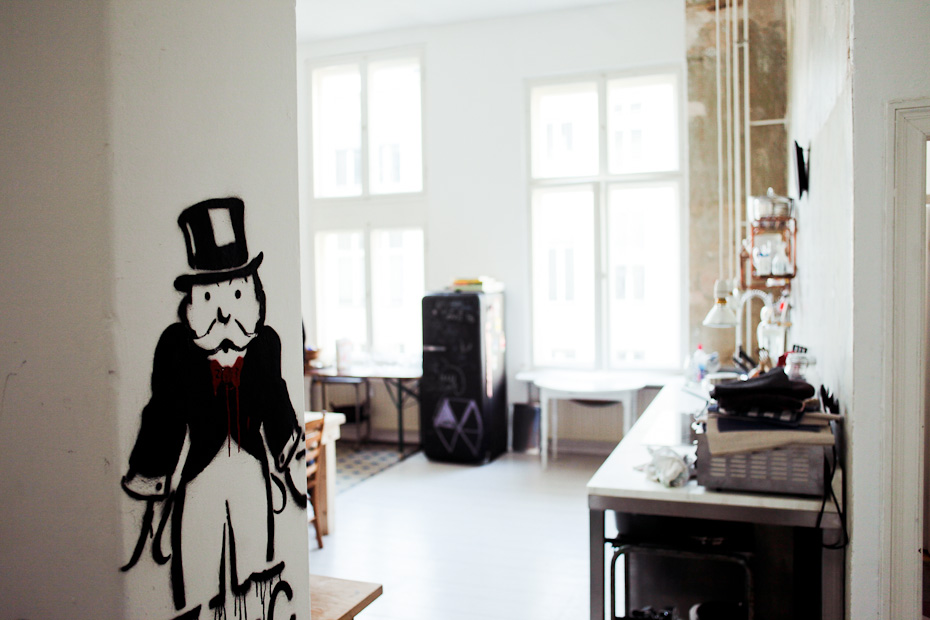
Tell me a little bit more about your roots: you are half Swedish and half English.
My mother was an Aupair in London and went to see some gigs and that’s how she met my father for the first time. They fell in love and lived in an apartment on Leicester Square. I was conceived there in a very small street of Leicester Square, called Bear Street. It is probably the shortest street in the world. When my mother was pregnant they decided to have me in Sweden and we ended up going back and forth, because back in the days it was difficult to afford a child on a band.
Your dad is a musician?
Yes, he was, a drummer. My parents eventually got divorced. When I was 16 I became a punk rocker and moved to England and squatted for a few years. They were amazing days of Punk Rock and New Wave in the early 80s. It was such an interesting generation: Thatcher, riots, Sid Vicious, everyone was squatting. After that I went back to Sweden and worked on different projects. All sorts of shady stuff and I decided to change my life. I had a friend who was from Afghanistan and he was always telling me about Afghanistan and I started romanticizing about this country. That was the time Russia was occupying Afghanistan. I felt I wanted to do something with my life and went there with a camera but didn’t really know what I wanted to do. I just had an urge to go there. I stayed there for a couple of months and went in there with the Guerilla. I turned back when the whole group was attacked by Russian helicopters. That’s when I decided to stop as it was beyond what I wanted. The risk was too big. It was a very intense time but also beautiful.
Have you ever been back?
No.
Would you ever consider going back?
No. As long there is war there it is too dangerous. I have a daughter and I love my life extremely much and it is worth too much. So this is how I got into photography. I never studied photography, I just took pictures of what I saw. I had no idea and no aim. Back in Sweden I had a friend who helped me printing and he said why don’t you start taking pictures, they are really nice. I applied at a school, but they refused me. Then I met a guy who just got back from New York, working for Avedon and he was opening his own studio and looking for an assistant. I didn’t know what an assistant was, but I went for it. I was with Mikael Jansson for 3 years, who now shoots campaigns like Calvin Klein etc.
Do you think it was easier back in the days than it is today?
No. In some ways it is easier today and in some ways more difficult. I think back in the days things sometimes would happen much more natural and people had less expectations. I hear a lot of these stories of people having no clue and ending up doing the most amazing things. When I started you couldn’t go anywhere without knowledge. Like a taxi driver in London for example, you need to have knowledge. Today you take a camera, laptop and photoshop and things look quite good already. In my days I was in the darkroom for 3 years, printing, using chemicals.
Do you still work in the darkroom?
No. There’s no call for it. Well, there are still photographers who do it the old-school way and I just wondered if you miss it. I do miss it a lot and maybe one day I get back to it. But the way I work today is digitally and analog, but I scan the negative. It’s faster, but not easier to get the right look on computer.
You moved to Berlin not that long ago. You lived in Brighton before. What made you come to Berlin?
I came to Berlin just a year before the Wall came down during a trip I made through Europe. I had a strong feeling with Berlin. That was the first time. The second time I was asked by Sisley / Benetton to shoot a story, like a diary. The idea was to find people and do a story around them.
And they were real stories or set up?
They were real stories and I went here for 3 weeks and I found guy called Thomas Kretschmann, a young and upcoming actor. We became really good friends and still are. Another friend I met then was the guy who now owns the club called Asphalt. I kept on going back to Berlin. I had friends here, I liked the people and the mentality and I felt really at home here. I was living in Brighton and we just didn’t want to move to London or New York, which would have been the right thing to do for me career-wise. I also wouldn’t want to live in Paris or Barcelona right now.
Why is that?
It’s great, but it’s very touristic and expensive. It is really hard to find a space and to get by. It’s just not my climate. It’s the same with London – 10 people sharing an apartment. So Berlin was on my list and I moved here 2 years ago.
How did you find this place?
We were looking around, but I couldn’t really find what I wanted. I wanted something different. I drove around Berlin and found so many places that weren’t listed and just started calling the people who own the buildings. And the first people we called were the people who owned this place.
You use this as a work and living space and also share it with others.
Yes. I have my good friend Leo, who is an architect and graphic designer and there are two other architects and we do a lot of stuff together, books, projects and lecturing. Right now there are designers who are doing an exhibition here. So there is always something going on over here. We have parties.
You mentioned you really liked the people in Berlin when you came over the first time in the 80s. How would you describe the typical Berliner … they sometimes can be quite tricky and difficult.
I don’t find them tricky and difficult. They have a certain attitude towards life and you just have to respect them the way they are and they open up. Maybe there is a typical Berliner, but there is a constant movement, like in New York. So whoever comes here has to become a Berliner. And a Berliner can be so many things.
Where do you hang out in Berlin?
I go to Paris Bar – I like the atmosphere there. There a few small places and I go to Kreuzberg. I do move around the whole city. I don’t go to Wedding much or Moabit. I love Stadtpark Friedrichshain. It’s the best park in Berlin. I go swimming in Weissensee – it’s fantastic! It’s a really interesting place because you get the full mix of East Berliners, foreigners…
As a photographer, is your work mainly based here or do you work more internationally?
I bring my clients here as much as I can. It’s a nice way to bring money to Berlin. I like being here and being close to my daughter. I used to travel 200 days a year and now it’s maybe 60 days. Far less then it used to be. I meet new people all the time. My close friends are real Berliners though, born and raised here.
Since you started with photography, can you see yourself ever doing anything else than that?
Photography for me is a way of story telling and if I could write I would do that. I can see myself doing a movie if there is a story I like. I prefer spending my time on things I believe in.
You make your money in fashion photography and you worked on several campaigns for H&M, among them the one with Anna Nicole Smith, which apparently caused several traffic accidents.
Unfortunately and I am very, very sorry about that.
How far are you involved in these campaigns and how did the one with Anna Nicole Smith in the early 90s take place.
They asked me to do the next underwear Christmas campaign and they were wondering which model to choose. I was in a magazine store, just looking for ideas and Anna Nicole Smith had just done a big story in Playboy and I thought that is everything that fashion is not about at the moment. Everyone was looking at Kate Moss. And I thought, why not. The funny thing was, that I was doing a campaign for the Social Democrats in Sweden at the same time and they gave me free hands. So I was working very closely with the Prime Minister of Sweden, not only as a photographer, but also as a visual consultant. This stirred up a whole feminist thing– some women said this is good, big women, it is perfect and others just thought it was sexist. I am kind of semi-feminist and I always try to put normal girls into my fashion campaigns.
Apart from the Playboy feature, this campaign really put Anna Nicole Smith in the spotlight.
It did. It was quite tragic and I regret what I did. She was very sweet. I was invited to her house in Hollywood, as she wanted to meet me prior the shooting. I came to this house, which used to belong to Marilyn Monroe.
She did have a big obsession with Marilyn Monroe.
Extreme obsession. And the whole house was full with pictures of her or Marilyn Monroe. I just thought “oh, why am I doing this” – it was a kind of a freak show. It was what she wanted to be. It was her choice. She was very sweet, nice and charming lost girl. It is a tragic story, like many. After that I proposed another story for the swimsuit campaign and of course I proposed Pamela Anderson. She was an extremely nice person and it was the only time she was shot without make-up.
I know, you have to look almost twice at the pictures. The face looks familiar, but you don’t recognize it immediately. Anna Nicole Smith and Pamela Anderson are both actually really beautiful women but so deranged by big hair and make-up.
I think Pamela Anderson didn’t have her boobs done by that time. She was really fresh and she was super scared being without make-up.
It must have been difficult to persuade her to do this without make-up.
Oh, yes. I said to her let’s try it and if you don’t like it we don’t do it. She has freckles and you never seen her like that. Looking back at this now, I think they are the best pictures I have ever seen of her.
Was your client somehow disappointed because she didn’t look like Pamela Anderson?
No. No one looked like Pamela Anderson back then, but she kicked off a whole thing that everybody wanted to look like her and every girl in Sweden started dying her hair blonde. It started the whole blonde-boob-chick thing.
You also work on your own projects and you did this whole story, Fin de Sieglo, on Cuba. I was quite surprised to see you shot it entirely in black and white. Why is that? I’ve never been to Cuba, but I imagine it being full of rich colours.
I fell in love with Havana. It was a pure love story. It took me years. I am not a conceptual person, I am not good at that. I was looking for a way to portrait the city and I limited myself to shoot the city on an 8×10 format. It was extremely difficult, because setting up the camera for just one picture can take up to half an hour. You have to tune everything perfectly and if you hit the camera, you have to start all over again. It took me overall 3 years and thousand and thousand of pictures to get it right. And I ended up with maybe 60 or 70 great shots. It’s never honest with black and white but you take the colour away and you focus on the essence of the picture, the people and the movement.
How much time did you spend in Cuba?
1.5 years, going back and forth.
Where did you stay?
I lived with a family, which became like my family. I had a grandmother and two brothers. I had a room there with my things on the wall.
Are you still in touch with them?
Yes, I am. My grandmother turned 90 this year. She is a very vibrant, beautiful lady. Very annoying, too – we always used to fight.
How did you find them?
Through a friend. They were simple, but very honest, authentic and I could trust them. I had a lot of equipment.
Do you have any plans going back there?
I could see myself living there. I have to see what is going on out there. It can all go pear-shaped. Things have to develop very slowly, otherwise it goes like in Russia.
You travel a lot. Are there any places you like to go?
Iran is a place I really want to go to. It is on my list. Brazil, I would love to go, but Iran is a place I dreamt about for a long time. Every time I had a chance, it has been politically instable.
What intrigues you about Iran?
The history. I am always intrigued by places that are outside the world. What I love about Cuba is, that there is no McDonalds, there is no H&M. It is going like to another planet and I believe Iran would be the same feeling. It is isolated and protected its own culture. It is difficult to get an idea of a place like Iran, because we are so influenced and manipulated by the media. I don’t read the newspaper, apart from The Economist and the New York Times.
Do you watch the news?
No. We have a TV in my daughter’s room, because it helps her to learn German. But I haven’t had a TV in the last 15 years. I don’t like it.
You mentioned to me you once spent a whole week with the Rolling Stones, without taking a single picture. Was that a job?
No, I was invited to hang out with them, whilst they were in Sweden touring. We partied and were together at the studio. I wasn’ t asked to take pictures and I felt it was cheap to do, so I never did. Maybe that was stupid.
Thank you for the interesting interview! For more information on Magnus’ work, make sure you check out his website.
Photography: Ailine Liefeld
Interview: Lisa Bosse
